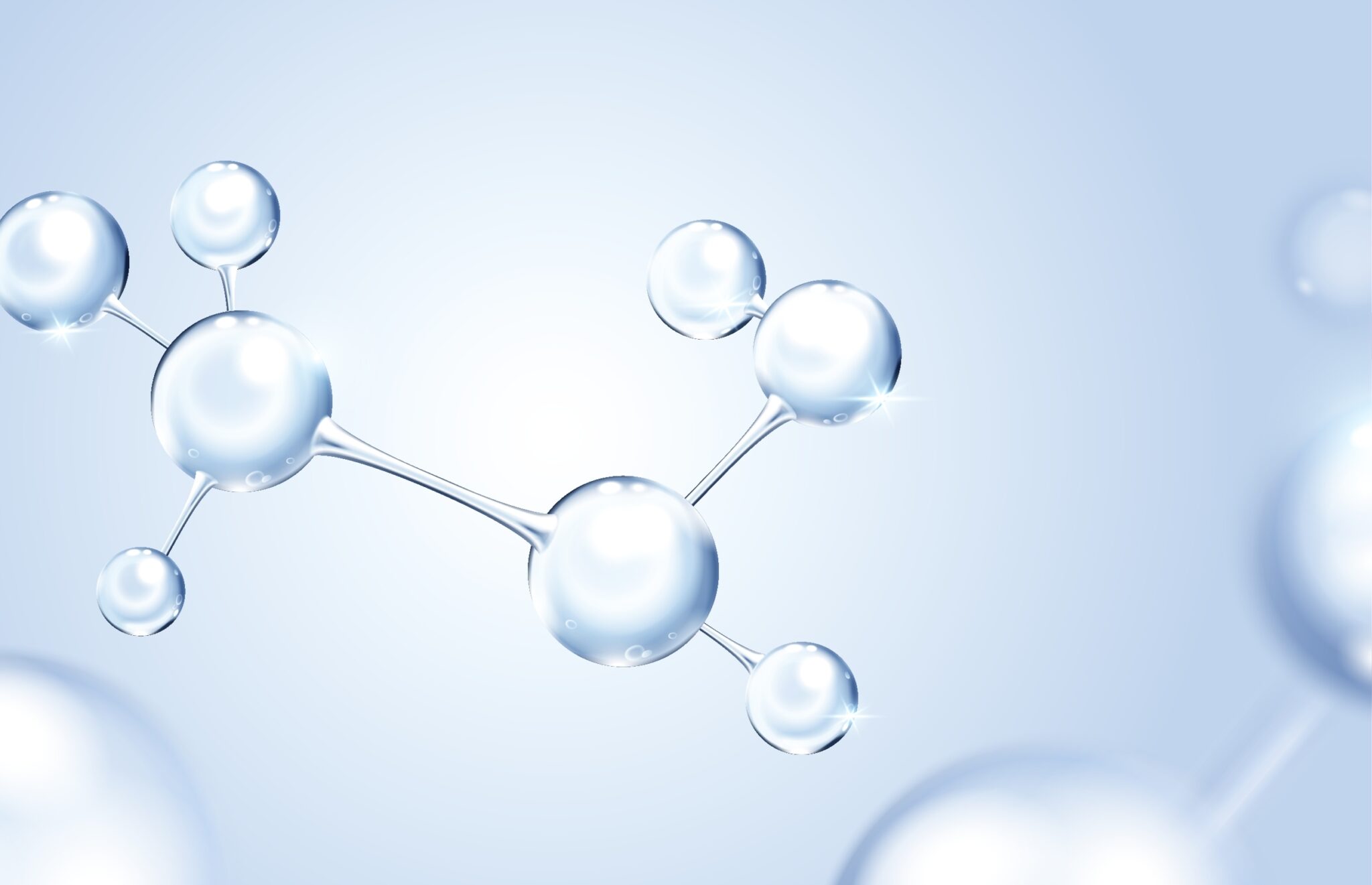Engineers’ Muse: The Design of Biochemical Systems
The identity of the woman in Johannes Vermeer’s most famous painting, Girl with a Pearl Earring, is unclear, but it is certain that her beauty inspired Vermeer as he attempted to capture her magnetism. All artists, musicians, and writers have their muse—people, places, or things so meaningful that they instigate bursts of creativity.
It might seem odd to think that scientists and engineers would have muses, but they do. Some of the most important sources of their inspiration are biological systems. Scientists and engineers turn to the designs of biological systems to provide the necessary insight to solve engineering problems and devise new technology. In fact, this activity has spawned two of the most exciting areas of technology today: biomimetics and bioinspiration.
As the names imply, biomimetics involves “direct” copying (or mimicry) of designs from biology, whereas bioinspiration relies on insights from biology to guide the engineering enterprise. Work in biomimetics and bioinspiration has exciting implications for the design argument. The capacity to inspire engineering efforts highlights biological systems’ elegant, sophisticated designs and, at the same time, raises a troubling question for the evolutionary paradigm—as two recent discoveries illustrate.
First-Ever Synthetic Polymer to Harbor Digital Information
Computer engineers face the challenge of relatively limited data storage capacity of magnetic tape and hard drive technologies. To overcome this constraint, engineers have explored the use of DNA as a data storage medium.1 This biomolecule serves as the universal information storage medium in biology, and the information housed in DNA is digital in nature, encoded in its nucleotide sequence.
While proof-of-principle studies have proven successful, there are some significant technical hurdles. Laboratory synthesis of DNA is challenging, and reading the data encoded in DNA is a slow, time-consuming process.
The challenges associated with DNA storage have prompted researchers from France to design and synthesize the first-ever synthetic polymer that can harbor digital information.2 This polymer is structurally simpler than DNA, making it easier to synthesize in the lab. The researchers also designed the polymer so that the information it harbors can be read quickly using sophisticated analytical instruments. They even specially designed the linkage between the different digital subunits to be readily cleaved, thus allowing data harbored in the polymers to be “erased.”
Although this polymer seems to be better suited for data storage in a nonbiological context than DNA, it is important to keep in mind that the structure and properties of DNA inspired the design of this macromolecule.
Protein Pumps Inspire Manmade Nanopumps
Nanoscience and nanotechnology are among the most exciting and potentially revolutionary areas in engineering today. These endeavors involve manipulating matter at the atomic and molecular level to build nanoscale devices. With dimensions of less than 1,000 nanometers (1 billion nanometers equals 1 meter), nanodevices possess potential applications in manufacturing, electronics, and medicine.
However, generating coordinated motion in nanodevices presents a big hurdle. Researchers have explored a number of possible solutions, including attempts to design nanoscale molecular motors. Recently, researchers from Northwestern University made significant strides toward this end when they designed a molecular pump capable of transporting materials up an energy gradient from low concentrations to high concentrations.3 The design of this molecular pump, which relies on a Brownianratchet mechanism, was inspired by the protein pumps found inside cells. According to one of team members, “Such a pump would be directly inspired by nature’s molecular machines, and especially carrier proteins.”4
Bioinspiration, Evolution, and Intelligent Design
The use of biological designs to guide engineering efforts seems fundamentally incompatible with an evolutionary explanation for life’s origin and history. Generally speaking, evolutionary biologists view biological and biochemical systems as the outworkings of an unguided, historically contingent process that co-opts preexisting designs to cobble together new systems. Once these designs are in place, evolutionary mechanisms can optimize them, but even then they remain kludges—in their essence. In this light, it seems biological systems make an unreliable muse. Does it make sense for engineers to rely on biological systems of dubious origin to solve problems and inspire new technologies, much less build an entire subdiscipline of engineering around mimicking biological designs?
On the other hand, biomimetics and bioinspiration naturally flow out of a creation model approach to biology. Using the designs in nature to inspire engineering makes better sense if these designs arise from a Mind.
Endnotes
- The use of DNA as a storage medium has profound apologetics implications, pointing to the Creator’s role in bringing life into existence. To learn why, check out this article: “Harvard Scientists Write the Book on Intelligent Design—in DNA.”
- Raj Kumar Roy et al., “Design and Synthesis of Digitally Encoded Polymers that Can Be Decoded and Erased,” Nature Communications 6 (May 2015): id. 7237, doi: 10.1038/ncomms8237.
- Chuyang Cheng et al., “An Artificial Molecular Pump,” Nature Nanotechnology 10 (May 2015): 547–53, doi:10.1038/nnano.2015.96.
- Belle Dumé, “Nanomachine Pumps Molecules ‘Uphill,’” Physics World, posted May 22, 2015, https://physicsworld.com/cws/article/news/2015/may/22/nanomachine-pumps-molecules-uphill.






